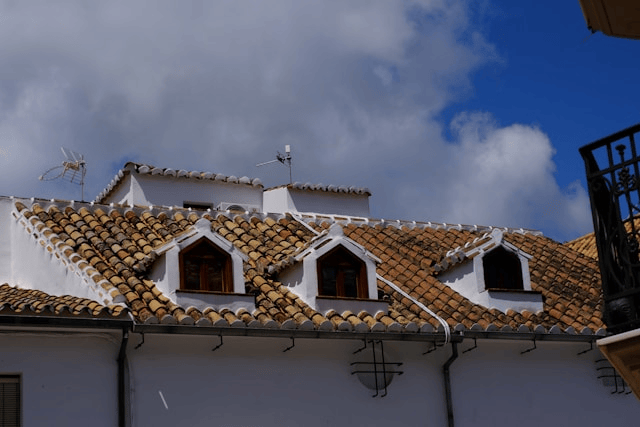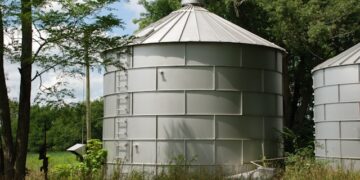As the temperatures rise, so do your cooling bills and that might be a sign it’s time to take a closer look at your home’s insulation. While most people associate insulation with winter warmth, it’s just as critical for keeping your home cool in the summer. If your air conditioner seems to be working overtime or your energy bills are creeping higher, upgrading your insulation might be the most effective and cost-saving project you can tackle this season.
Let’s explore why summer is actually one of the best times to evaluate your home’s energy performance and whether now is the right time to upgrade your insulation.
Why Insulation Matters in Summer
Insulation isn’t just about staying warm in the winter it plays a vital role in your home’s ability to retain cool air during hot weather. A well-insulated home acts like a thermos, slowing the transfer of heat from outside to inside. This means your air conditioning system doesn’t have to work as hard to maintain a comfortable indoor temperature.
Upgrading your insulation during the summer can lead to several benefits:
-
Reduced strain on your cooling system
-
Lower monthly energy bills
-
Improved indoor comfort and air quality
-
Better humidity control
If you’re looking for practical, long-term energy-efficient home upgrades, insulation should be high on your list.
Signs You Might Need to Upgrade Your Insulation
Not sure whether your home’s insulation is up to par? Here are a few signs that it might be time for an upgrade:
1. High Energy Bills
If your summer utility bills are higher than average, poor insulation may be allowing cool air to escape and warm air to seep in.
2. Uneven Room Temperatures
Do some rooms feel significantly hotter than others? Inconsistent temperatures are often caused by inadequate or degraded insulation.
3. Drafts or Hot Spots
Even in summer, drafts or noticeable heat from attics or upstairs rooms are indicators of weak insulation or air leaks.
4. Old or Damaged Insulation
Insulation materials degrade over time. If your insulation is 10–15 years old or looks compressed, discolored, or damaged, it’s time to replace it.
5. Pest or Moisture Problems
Moisture stains or pest infestations in the attic or walls may suggest compromised insulation.
Recognizing these red flags early can help you take the necessary steps to upgrade your insulation before extreme heat hits.
Best Types of Insulation for Summer Efficiency
When planning your summer insulation tips strategy, consider the most effective materials for your home and climate.
Fiberglass Batts
A traditional and affordable option, fiberglass batts work well in walls, attics, and floors. They’re easy to install for DIYers but can leave gaps if not properly fitted.
Spray Foam Insulation
Ideal for sealing air leaks, spray foam expands to fill gaps and provides excellent thermal resistance. It’s more expensive but delivers superior performance.
Blown-in Cellulose
Great for existing walls and attics, cellulose insulation is made from recycled materials and fills irregular spaces effectively.
Radiant Barriers
In hot climates, reflective insulation (like radiant barriers) installed in the attic can help reflect heat away from your living spaces, reducing the burden on your cooling system.
Choosing the right type of insulation depends on your home’s layout, existing materials, and your overall energy goals.
Where to Upgrade Insulation During Summer
If you want to make a significant impact, focus on the areas where heat infiltration is most common during the summer.
Attic Insulation
This is the most critical zone for summer heat gain. Since heat rises, a poorly insulated attic can turn your entire home into an oven. Upgrading attic insulation can drastically reduce cooling costs and improve comfort.
Walls
Wall cavities can let in heat from outside and allow cool air to escape. Blown-in insulation is often used to upgrade existing walls without major demolition.
Basements and Crawl Spaces
These areas may not seem relevant in summer, but sealing them can help regulate overall home temperature and reduce humidity.
Ductwork
Leaky or uninsulated ducts in hot attics or crawlspaces can waste cooled air. Sealing and insulating ducts helps your HVAC system run more efficiently.
Benefits of Upgrading Insulation in Summer
Upgrading your insulation during the summer provides both immediate and long-term benefits:
-
Immediate savings on air conditioning costs
-
Improved indoor air quality and comfort
-
Longer life span for your HVAC system
-
Potential tax credits or energy rebates (check local programs)
-
Increased home resale value with documented energy-efficient upgrades
When done properly, an insulation upgrade can pay for itself in energy savings within a few years.
DIY vs. Hiring a Pro: What’s Best?
Some insulation projects can be tackled on your own, especially if you’re adding batts or using DIY-friendly materials. However, in many cases, hiring a professional is the smarter choice.
DIY Might Be Right If:
-
You’re simply topping off attic insulation
-
You’re comfortable working in tight or high spaces
-
You’re experienced in handling fiberglass or cellulose safely
Hire a Pro If:
-
You need an energy audit to find hidden inefficiencies
-
There’s moisture, pest damage, or mold
-
You’re dealing with wall or crawl space insulation
-
You want to install spray foam or radiant barriers
A certified insulation contractor can assess your current insulation, recommend improvements, and ensure safe, effective installation.
Final Thoughts: Should You Upgrade Your Insulation This Summer?
If your cooling bills are rising, your rooms feel unevenly cooled, or your attic hasn’t been touched in years, it’s definitely worth evaluating your insulation. Summer may not be the season most people associate with home insulation, but it’s an ideal time for upgrades that can improve your comfort and lower your energy usage year-round.









